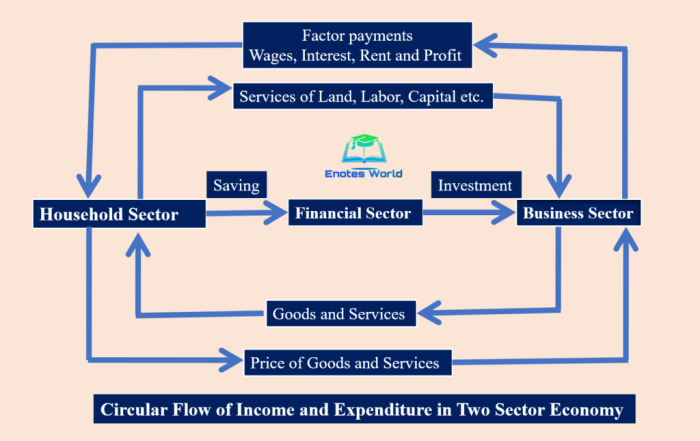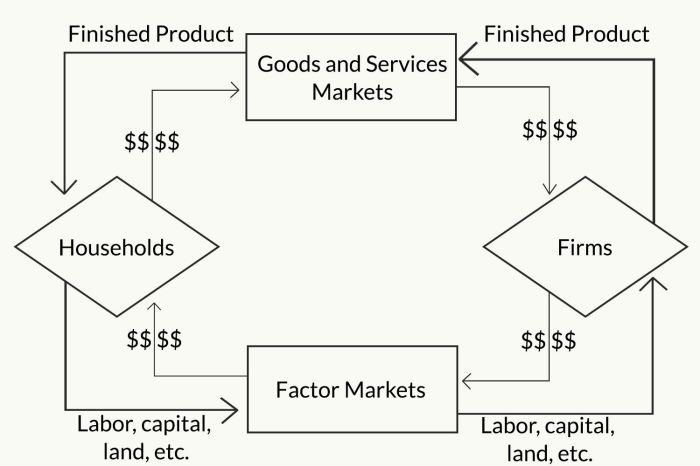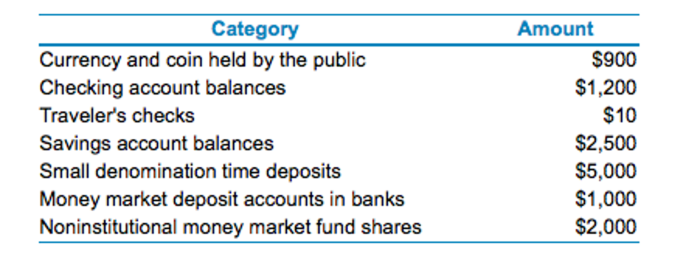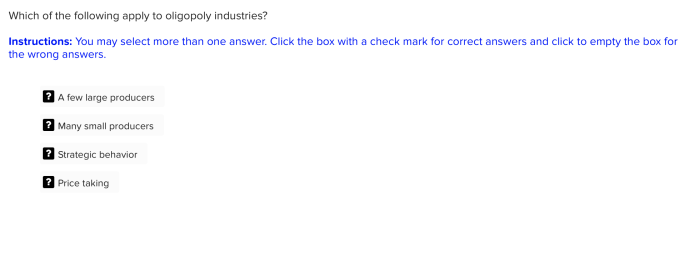Please label the circular flow diagram. This guide provides a thorough overview of the circular flow diagram, its components, and the interactions between households and businesses within the economy. Understanding this diagram is essential for comprehending the fundamental concepts of economic activity and resource allocation.
The circular flow diagram is a visual representation of the economy that illustrates the flow of resources, income, and goods and services between households and businesses. It serves as a simplified yet powerful tool for analyzing economic interactions and their impact on the overall economy.
The Circular Flow Diagram: Please Label The Circular Flow Diagram.
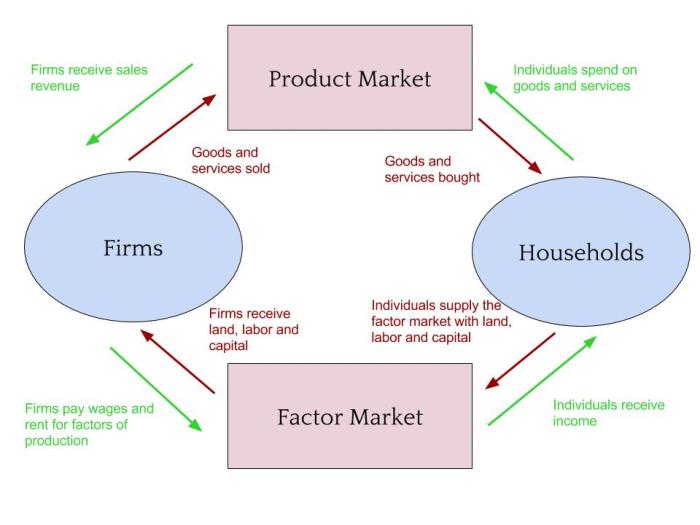
The circular flow diagram is a visual representation of the economy that shows the flow of resources, goods, and services between households and businesses. It is a simplified model that helps economists understand how the economy works and how different sectors interact.The
circular flow diagram has two main sectors: households and businesses. Households are the consumers of goods and services, while businesses are the producers of goods and services. The diagram shows how households provide resources, such as labor and capital, to businesses.
Businesses use these resources to produce goods and services, which they then sell to households. Households use the income they earn from selling their resources to buy goods and services from businesses. This creates a continuous flow of resources and income between households and businesses.
Labeling the Diagram’s Components
The circular flow diagram can be labeled to show the key components of the economy. These components include:
| Component | Description | Example |
|---|---|---|
| Factor markets | Markets where households sell their resources, such as labor and capital, to businesses. | Labor market, capital market |
| Product markets | Markets where businesses sell their goods and services to households. | Consumer goods market, business-to-business market |
| Resource flows | The flow of resources from households to businesses. | Labor, capital |
| Income flows | The flow of income from businesses to households. | Wages, salaries, profits |
Illustrating the Flow of Resources and Income
The circular flow diagram shows the clockwise flow of resources from households to businesses and back to households. This flow is driven by the need for households to consume goods and services and the need for businesses to produce goods and services.The
diagram also shows the counterclockwise flow of income from businesses to households and back to businesses. This flow is driven by the need for businesses to pay for resources and the need for households to earn income.The flow of resources and income creates a continuous cycle that keeps the economy running.
Analyzing the Interactions between Sectors
The circular flow diagram shows the interdependence between households and businesses in the economy. Households provide resources to businesses, which businesses use to produce goods and services. Households then use the income they earn from selling their resources to buy goods and services from businesses.Changes
in one sector can have a ripple effect on the other sector. For example, a decrease in consumer spending can lead to a decrease in business production, which can lead to a decrease in household income. Conversely, an increase in business investment can lead to an increase in household income, which can lead to an increase in consumer spending.The
interactions between households and businesses are essential for the smooth functioning of the economy.
Discussing the Limitations of the Circular Flow Diagram, Please label the circular flow diagram.
The circular flow diagram is a simplified representation of the economy. It does not take into account all of the complexities of the real world. For example, the diagram does not show the role of government or the international economy.The
circular flow diagram also assumes that all markets are perfectly competitive. In reality, many markets are not perfectly competitive. This can lead to inefficiencies in the economy.Despite its limitations, the circular flow diagram is a useful tool for understanding the basic workings of the economy.
It can help economists to identify potential problems and to develop policies to address those problems.
Detailed FAQs
What is the purpose of the circular flow diagram?
The circular flow diagram is a visual representation of the economy that illustrates the flow of resources, income, and goods and services between households and businesses. It serves as a simplified yet powerful tool for analyzing economic interactions and their impact on the overall economy.
What are the key components of the circular flow diagram?
The key components of the circular flow diagram include households, businesses, factor markets, product markets, resource flows, and income flows.
How does the circular flow diagram illustrate the interdependence between households and businesses?
The circular flow diagram shows that households provide resources (labor and capital) to businesses, which use them to produce goods and services. These goods and services are then purchased by households, generating income for businesses. This income is then used by households to purchase more resources, continuing the cycle.
